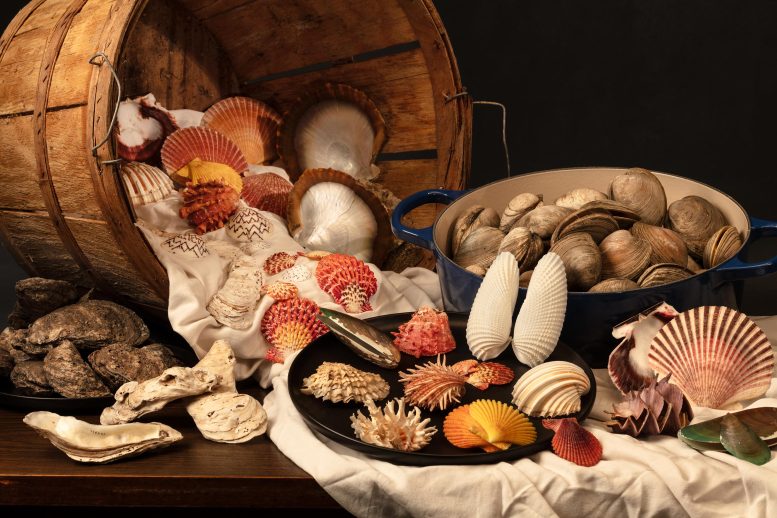
A recent study has uncovered that humans harvest 801 bivalve species, 720 more than previously known. While these species possess traits reducing their extinction risk, increasing human demand endangers them. The research emphasizes sustainable management and conservation for their continued survival. Credit: Brittany M. Hance and James D. Tiller, Smithsonian
Researchers caution that harvests must be sustainably managed to preserve populations for future generations.
In a new research study, scientists Stewart Edie of the Smithsonian, Shan Huang of the University of Birmingham, and colleagues have significantly expanded the list of bivalve species, such as clams, oysters, mussels, scallops and their relatives, that humans are known to harvest. They’ve also identified the specific traits that make these species desirable for harvesting.
Additionally, they discovered that some of these traits have historically reduced their likelihood of extinction and might continue to offer protection in the future. The researchers highlighted certain oceanic regions like the east Atlantic and the northeast and southeast Pacific as particularly crucial for focused management and conservation.
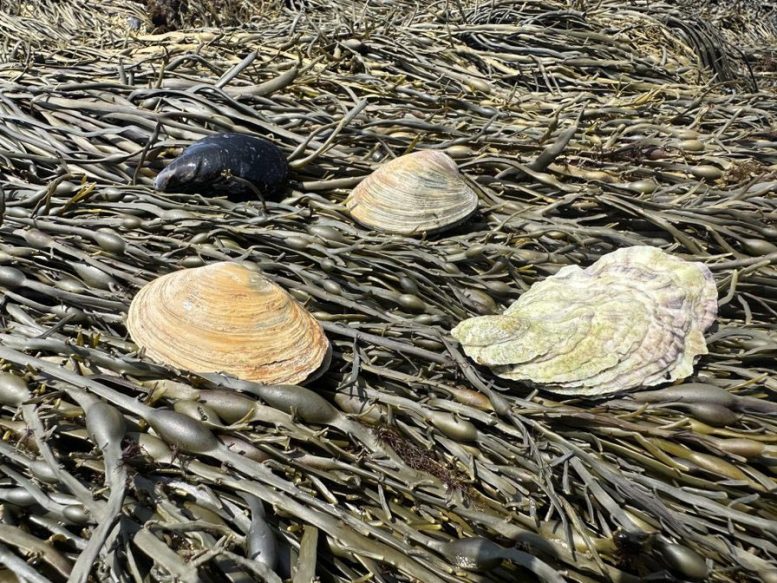
Four bivalve species found along the Maine coast presented together in a bed of seaweed at low tide. Clockwise from the top right is a Northern quahog (Mercenaria mercenaria), an Eastern oyster (Crassostrea virginica), a steamer clam (Mya arenaria), and a blue mussel (Mytilus edulis). Credit: Danielle Hall, Smithsonian
Expanding the List of Harvested Bivalves
The research, published today (August 15) in the journal Nature Communications, finds that humans exploit some 801 species of bivalves. That figure adds 720 species to the 81 listed in the Food and Agriculture Organization of the United Nations’ Production Database, calling attention to the huge diversity of shellfish humans are known to harvest and consume.
Stewart Edie, the National Museum of Natural History’s curator of fossil bivalves, pointed out that many characteristics making these bivalve species appealing for human consumption simultaneously reduce their extinction risk. Specifically, their ability to inhabit various climates globally and adapt to diverse temperatures provides resilience against natural extinction factors. However, increasing human demand for these species could jeopardize them and their surrounding ecosystems.
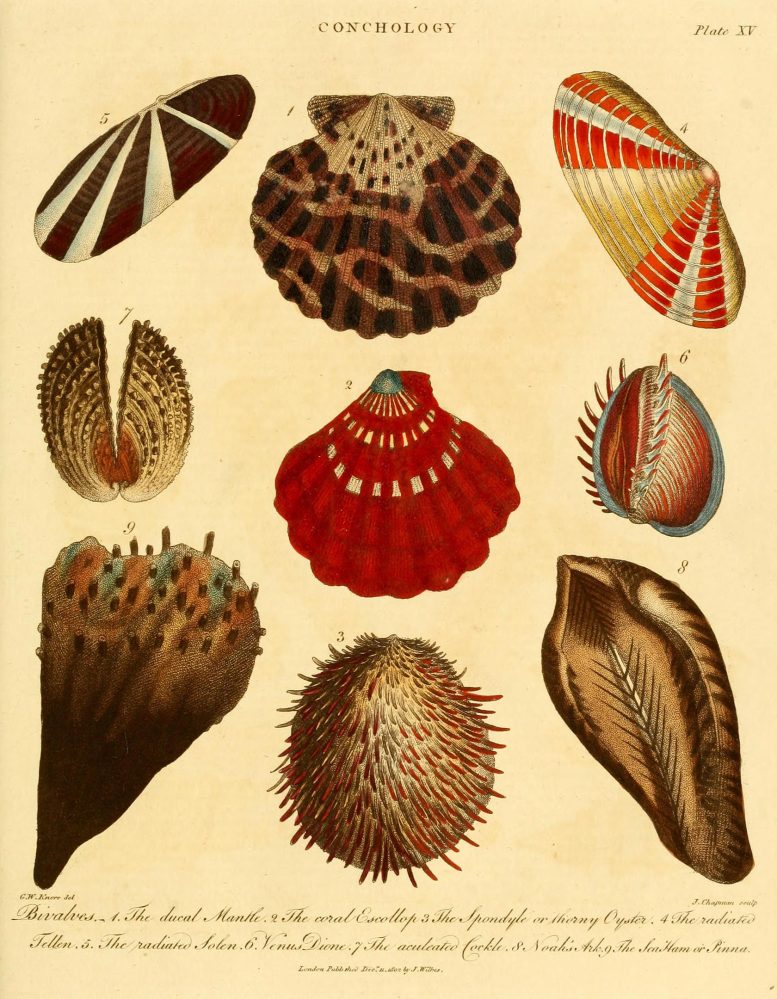
Scientific illustration of exploited shellfish from several bivalve families (Pectinidae, Tellinidae, Cardiidae, Veneridae, Pinnidae, Spondylidae, and Arcidae). Source: Encyclopaedia londinensis, or, Universal dictionary of arts, sciences, and literature. Credit: Image courtesy of Biodiversity Heritage Library
Human Impact on Bivalves
“We’re fortunate that the species we eat also tend to be more resistant to extinction,” said Edie. “But humans can transform the environment in the geologic blink of an eye, and we have to sustainably manage these species so they are available for generations that will come after us.”
“It is somewhat ironic that some of the traits that make bivalve species less vulnerable to extinction also make them far more attractive as a food source, being larger, and found in shallower waters in a wider geographical area,” said Huang. “The human effect, therefore, can disproportionately remove the strong species. By identifying these species and getting them recognized around the world, responsible fishing can diversify the species that are gathered and avoid making oysters the dodos of the sea.”
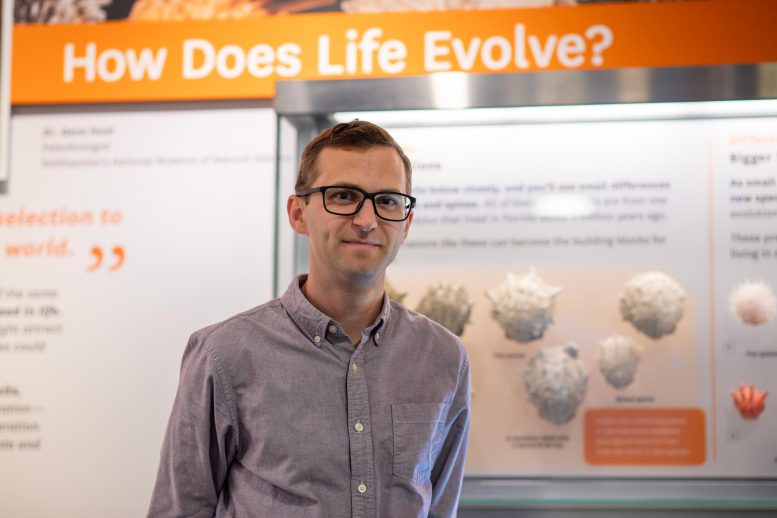
Stewart Edie, curator of fossil bivalves at the Smithsonian’s National Museum of Natural History. Credit: Jim Wood, Smithsonian
Historical Context and Overexploitation
For millennia, bivalve mollusks such as clams, oysters, scallops and mussels have filtered water and have fed humans. For instance, the indigenous Calusa tribe in Estero Bay, Florida, sustainably harvested an estimated 18.6 billion oysters and constructed an entire island and 30-foot-high mounds out of their shells.
Nevertheless, the history of humans harvesting bivalves is also rife with examples of overexploitation, largely by European colonizers and mechanized commercial fisheries, that led to collapses of oyster populations in locations including Chesapeake Bay, San Francisco Bay, and Botany Bay near Sydney, Australia.
Research Methodology and Findings
After studying the scientific literature and realizing that there was no comprehensive list of all the species known to be targeted by fisheries, Edie and his co-authors set off to document the array of bivalves utilized by humans.
After collating all the species they found mentioned in more than 100 prior studies, the researchers started investigating possible similarities and patterns among the 801 bivalves on the list. The team examined which traits make a bivalve exploitable by humans and how those traits relate to their risk of extinction.
The study found that humans tend to harvest bivalves that are large-bodied, occur in shallow waters, occupy a wide geographic area, and survive in a large range of temperatures. Those final two traits also make most exploited bivalve species less susceptible to the kinds of extinction pressures and risks that have wiped out species from the fossil record in the ancient past.
Future Implications and Aims
The researchers hope their data improves conservation and management decisions in the future. Specifically, their list identifies regions and species as being particularly prone to extinction. In a similar vein, the list may help identify species that require further study to assess their current risk of extinction.
Next, Edie said he wants to use the traits associated with exploited bivalves to investigate the bivalve species that are not currently known to be harvested by people.
“We want to use what we learned from this study to identify any bivalves that are being harvested that we don’t already know about,” said Edie. “To manage bivalve populations effectively, we need to have a full picture of what species people are harvesting.”
Reference: “Diversity, distribution and intrinsic extinction vulnerability of exploited marine bivalves” by Shan Huang, Stewart M. Edie, Katie S. Collins, Nicholas M. A. Crouch, Kaustuv Roy and David Jablonski, 15 August 2023, Nature Communications.
DOI: 10.1038/s41467-023-40053-y
This research is part of the museum’s Ocean Science Center, which seeks to catalyze change and action by advancing knowledge of the ocean and sharing it with the scientific community, policymakers, and the general public. The research also supports the Smithsonian’s Life on a Sustainable Planet initiative, a major effort to collect new data about the changing planet, implement holistic and multi-scale approaches to environmental conservation and educate the world about why and how sustainable solutions to climate change can benefit people and nature.
This research was supported by the Smithsonian, the German Research Foundation, the National Aeronautics and Space Administration and the National Science Foundation.

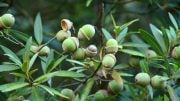
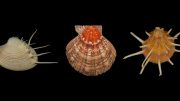

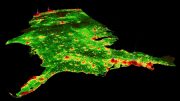
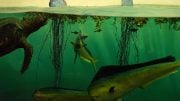



Be the first to comment on "Over 800 Human-Harvested Shellfish Species and Their Remarkable Resilience to Extinction"